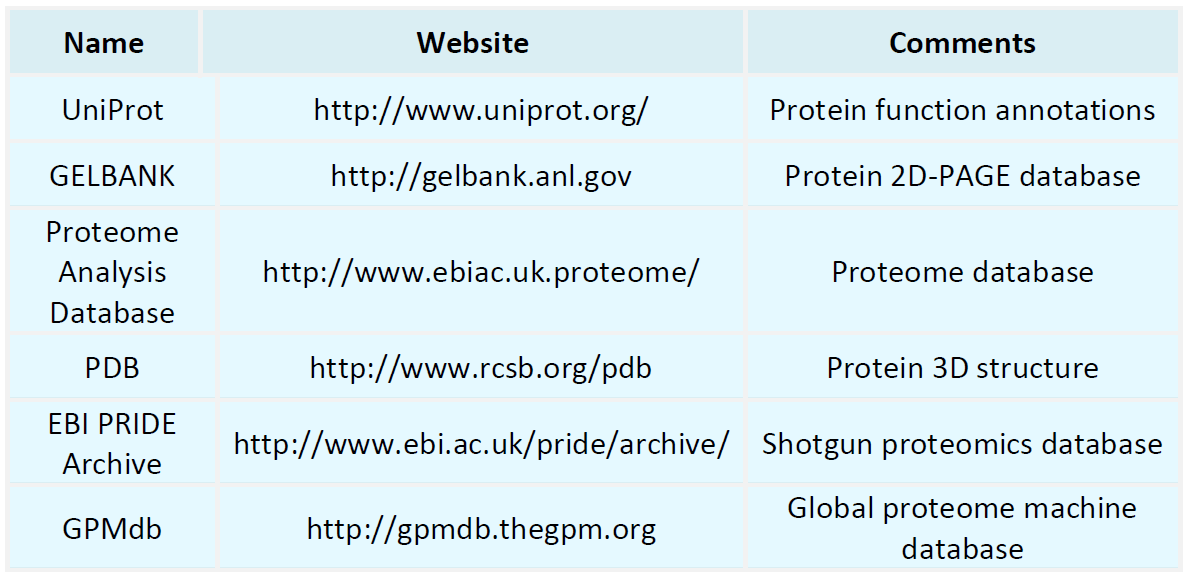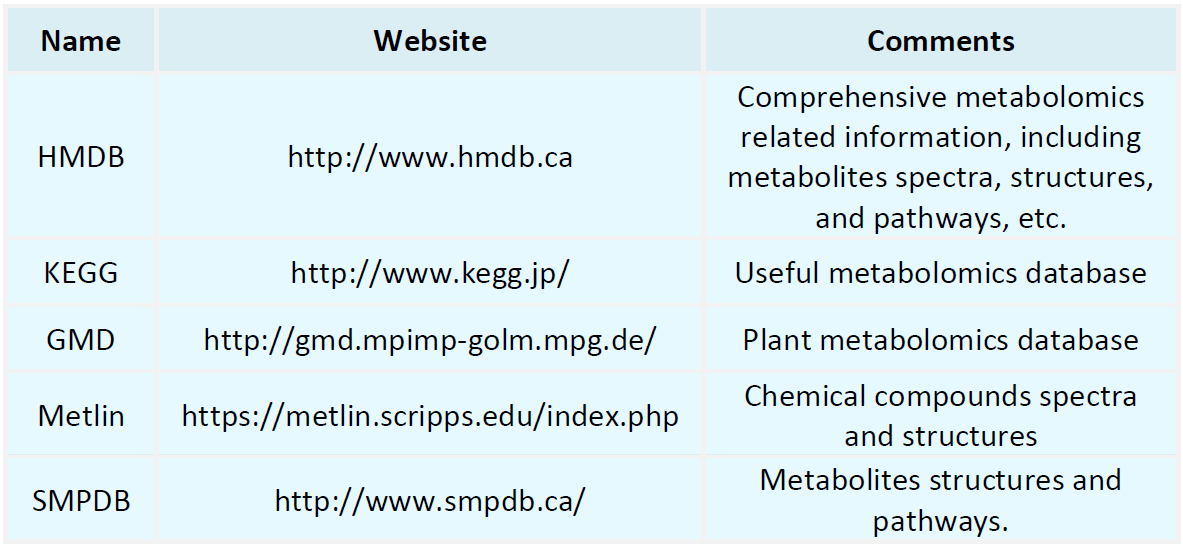Resources
Proteomics Databases

Metabolomics Databases

-
Activity-based proteomics is an emerging field focused on uncovering protein functions and dynamic changes by assessing their biological activities within cells. Unlike traditional proteomics, which primarily examines protein expression profiles, this field emphasizes understanding the functional states, interactions, and roles of proteins in biological processes. Central to this discipline is identifying and quantifying active proteins, which gain biological activity through specific chemical modific......
-
Proteomics network analysis is a scientific approach that integrates bioinformatics, statistics, and systems biology to explore protein interactions and functions within biological systems. Central to this method is the construction of protein interaction networks that elucidate the intricate relationships of proteins in cellular contexts and their roles in various biological pathways. This analysis has broad applications, ranging from fundamental biological research to clinical medicine. In foundatio......
-
Peptide analysis services are integral to biological research, focusing on the identification and characterization of peptides generated from protein digestion under specific conditions. These services leverage precise experimental protocols and advanced analytical techniques, making them essential tools in the life sciences. They facilitate a deeper understanding of protein structures and functions and are critical to studies in protein function, biomarker identification, and drug development. In the......
-
• Acetylation Proteomics with Mass Spectrometry
Acetylation proteomics is a scientific discipline focused on examining protein acetylation modifications and their impact on cellular functions. Acetylation is a widespread post-translational modification (PTM) that influences the function, stability, interactions, and localization of proteins through the addition of acetyl groups to lysine residues. The objective of this research area is to comprehensively identify and quantify acetylated proteins within cells to uncover their roles across various bi......
-
• 6 Powerful Protein Molecular Weight Determination Methods
With the advancement of protein research, the methods for determining protein molecular weight have been continuously refined and innovated. MtoZ Biolabs presents 6 powerful protein molecular weight determination methods, enhancing accuracy, sensitivity, and applicability across various protein sample types. Mass Spectrometry (MS) for Protein Molecular Weight Determination 1. MALDI-TOF-MS (Matrix-Assisted Laser Desorption/Ionization Time-of-Flight Mass Spectrometry) (1) Applications Ideal for small ......
-
• Protein Molecular Weight Determination: 10 Steps You Should Follow
Protein molecular weight determination is a crucial experimental step in biomedical research, proteomics, and drug development. To ensure the accuracy and reliability of the results, researchers should follow a systematic methodology. Below are 10 steps that can effectively enhance the precision of protein molecular weight determination: 1. Select the Appropriate Measurement Method Different experimental objectives require different measurement methods. Common techniques for protein molecular weight......
-
Light scattering, as efficient and accurate techniques for protein molecular weight determination, have broad applications in biology and biopharmaceuticals. By combining Static Light Scattering (SLS) and Dynamic Light Scattering (DLS), researchers can obtain multidimensional information about protein molecular weight, aggregation states, and stability, which is crucial for protein structural-functional analysis, drug development, and quality control in production processes. As the technology contin......
-
• 8 Essential Protein Molecular Weight Determination Tools to Get Accurate Results
In the fields of life sciences research and biopharmaceuticals, protein molecular weight determination is a crucial step in identifying and analyzing protein characteristics. Efficient and accurate molecular weight determination methods help researchers quickly obtain experimental data, ensuring the reliability of the results. Common techniques for protein molecular weight determination include Matrix-Assisted Laser Desorption/Ionization Time-of-Flight Mass Spectrometry (MALDI-TOF-MS), Electrospray Io......
-
Protein molecular weight determination is a critical method for studying the structure, function, and biological properties of proteins. Ultracentrifugation, based on centrifugal forces and solution dynamics, plays a pivotal role in determining protein molecular weight, aggregation states, and interactions. Unlike SDS-PAGE, mass spectrometry, and gel filtration, ultracentrifugation directly measures the true molecular weight of proteins in solution, without the need for external calibration standards.......
-
Protein molecular weight determination is crucial in various fields, including protein structural analysis, functional research, drug development, and disease diagnosis. Accurate measurement of molecular weight not only enhances our understanding of protein structure and function but also serves as a tool to identify protein modifications, aggregation behavior, and complex composition. Several techniques have been developed for this purpose, including gel electrophoresis, mass spectrometry (MS), analy......
How to order?







